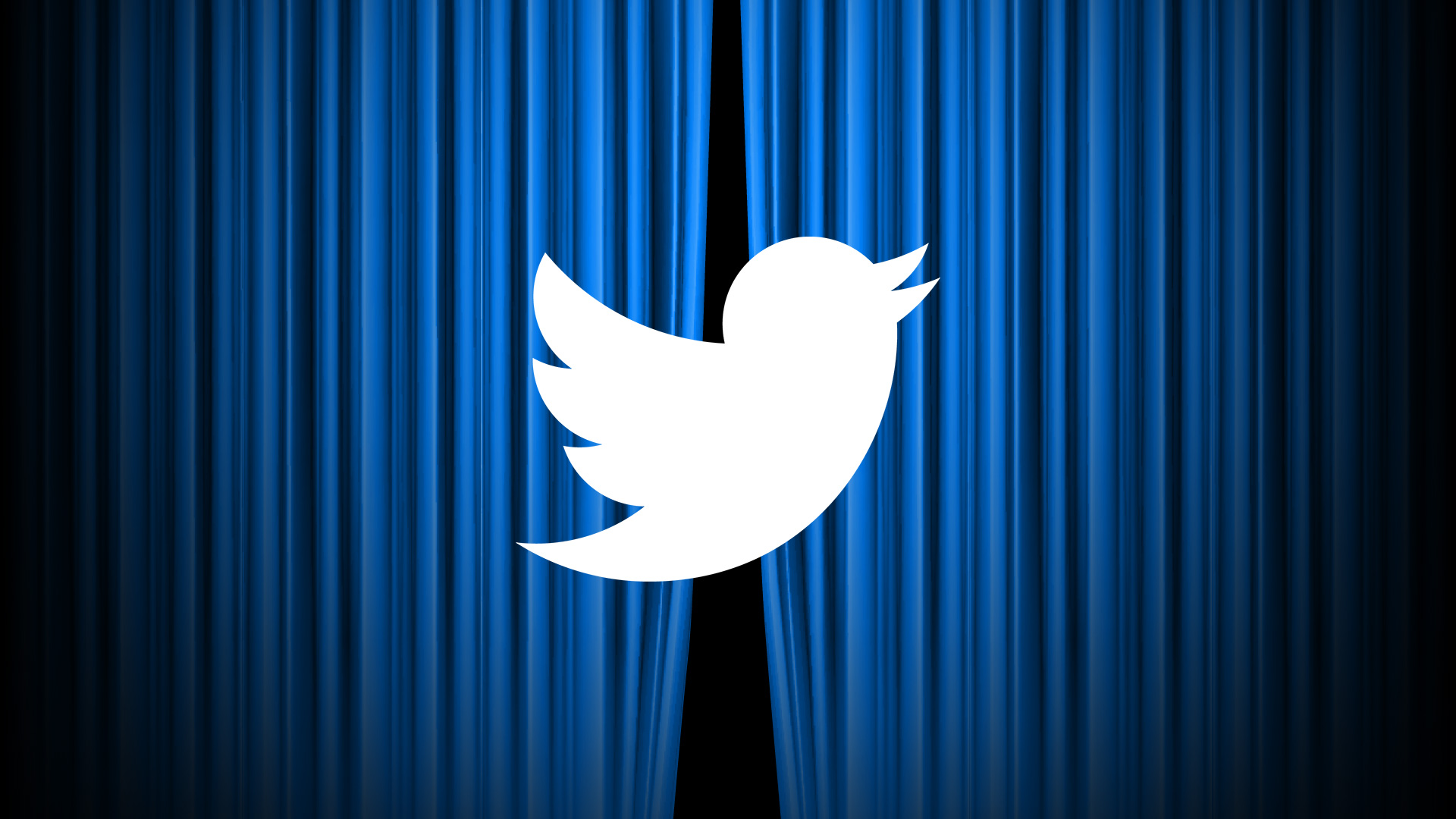Twitter Live raises questions about Twitter’s other live-streaming product, Periscope
With Twitter adding live streaming, whither Periscope? To wither like Vine?
For the second time this week, a company that owns one live-streaming video product has released a second.
Twitter, which owns live-streaming app Periscope, has added the ability for people to broadcast live streams within its own app, the company announced on Wednesday. That follows Facebook-owned Instagram adding live-streaming on Monday for US users of its app to match the live-streaming feature in Facebook’s own app.
We’re making it easier for you to share what’s happening in your world. Now you can #GoLive on Twitter!https://t.co/frWuHaPTFJ pic.twitter.com/Xpfpk1zWJV
— Twitter (@twitter) December 14, 2016
But a major difference between Facebook–Instagram and Twitter–Periscope is the fact that Facebook’s and Instagram’s live-streaming features actually differ. Facebook broadcasts can be archived so people can see the streams after they’re no longer live, whereas Instagram’s live streams disappear once the broadcast ends. Meanwhile, Twitter Live and Periscope are the same product in separate apps.
As on Periscope, people can start a live stream on Twitter. As on Periscope — which lets people syndicate their live streams to Twitter — viewers on Twitter can tune in, post comments and send floating hearts to signal their enjoyment. Even more to the point, Twitter’s native live-streaming is powered by Periscope, though people aren’t required to have Periscope installed or have registered a Periscope account to use it.
But there is one big difference between Twitter Live and Periscope: more people have access to Twitter Live. As of August 2015, Periscope claimed to have 10 million registered accounts, which isn’t the same as active users. As of the third quarter of 2016, Twitter had 317 million monthly active users.
By those numbers, it’s clear why Twitter would add live-streaming to its own service, especially in light of Facebook usurping the live-streaming market from Periscope earlier this year and now dominating it. Periscope’s future, however, is much more murky.
Twitter’s move earlier this year to stream live programming like NFL games and Bloomberg news broadcasts within Twitter instead of Periscope had already raised questions about Periscope’s future. But there seemed to be an answer to those questions: Twitter is for TV-style broadcasts, and Periscope is for normal-people live streams. That answer has now been taken off the table.
In January 2016, Twitter made it so viewers didn’t necessarily have to use Periscope to watch a live stream. Now they don’t have to use Periscope to produce one. At this point, what reason is there for the hundreds of millions of people who use Twitter but not Periscope to install Periscope? By what logic did Twitter not just put a ceiling on Periscope’s potential growth? By what logic should Twitter — a business that hasn’t turned a profit since at least the first quarter of 2012 — subsidize Periscope as a separate, revenue-less app rather than completely subsume its team and technology into Twitter?
An argument could be made that Periscope’s future is to serve the niche live-streaming community while Twitter tries to appeal to the masses. You know, like Vine? To which I would say, yes, like Vine, the video app that Twitter recently killed after it was met by competition from outside and inside its parent company.
Opinions expressed in this article are those of the guest author and not necessarily MarTech. Staff authors are listed here.
Related stories
